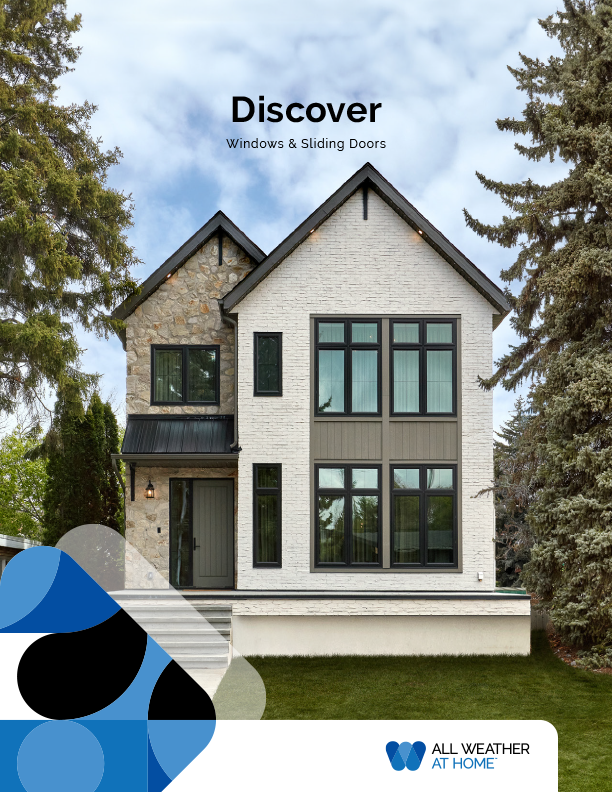Painting & Staining
Our window and door products are designed to last with proper maintenance and care. Any unfinished or exposed wood surface, including the perimeter of the face and ends of the sash, frame and panel, must be painted or stained within seven days of installation. Prior to painting or staining, clean surfaces of any debris, dirt or residue and ensure surfaces are completely dry.
Finishing Instructions on Entry Doors
Most of the items below are either factory primed or use Pacific Hemlock. Factory primed products require a minimum of two coats of high quality exterior grade paint. If the item is made using Pacific Hemlock, then it should have a sanding sealer (or pre-stain) applied prior to staining to prevent blotching.
Paint Grade Wood Extensions – FACTORY PRIMED. *Half-round and curved jamb extensions are not factory primed and should be primed prior to painting.
Stain Grade Wood Extensions – PACIFIC HEMLOCK. Apply one or two coats of stain with a top coat of lacquer or varnish.
Stain Grade WeatherGard Windows – PACIFIC HEMLOCK. Mask off glazing and hardware and apply one or two coats of high quality stain with a top coat of lacquer or varnish. Do not close door or lock sash on operating windows until completely dry. *May also be painted.
Paint Grade Strong Arm II Wood Door Frames – FACTORY PRIMED. Paint all exposed wood surfaces, including the exterior brickmould, interior frame, rabbet and jamb extensions. Do not close or lock door until completely dry.
Stain Grade Strong Arm II Wood Door Frames – PACIFIC HEMLOCK. Mask off hardware and apply one or two coats of high quality stain with a top coat of lacquer or varnish. Stain all exposed wood surfaces, including the interior frame, rabbet and jamb extensions. Do not close or lock door until completely dry.
Steel Insulated Door Slabs – FACTORY PRIMED. Mask off hardware, remove bottom door sweep and paint all six surfaces of the door slab, including the interior and exterior surface, top, bottom and both sides of the door stiles. Do not close or lock door slab until completely dry.
- Surface preparation: to ensure good adhesion, the pre-primed surface should be lightly roughened to break the surface, using 200 grit sand paper in the flat areas and steel wool along the embossments. The surface should then be cleaned to remove dirt, foreign debris and oils with phosphate cleaner (TSP), then wiped dry with a clean towel.
- Painting: Most paint systems such as acrylic latex, Alkyd (solvent base) and two-part urethanes have been successfully used to re-coat the above pre-painted finishes. It is very important to follow the paint manufacturer’s recommended application procedures to ensure the best results. Factors such as surface temperature, relative humidity, dew point and paint thickness play important roles when applying any post paint system. It is the responsibility of the person applying the finish to ensure that the application procedure and conditions comply with the manufacturer’s recommendations. Painting steel insulated door slabs black or other dark colours is not recommended due to the possibility of warping due to excessive heat. The same applies to non-ventilated storm doors due to excessive heat build-up.
Door Lite Insert Frames – our door lite frames must be finished using a light-coloured acrylic or alkyd-based paint. Mask off glazing and door slab and paint or stain exterior and interior frame surfaces with at least two coats of paint for white frames, or one to two coats of stain with a top coat or lacquer or varnish for stain grade frames.










